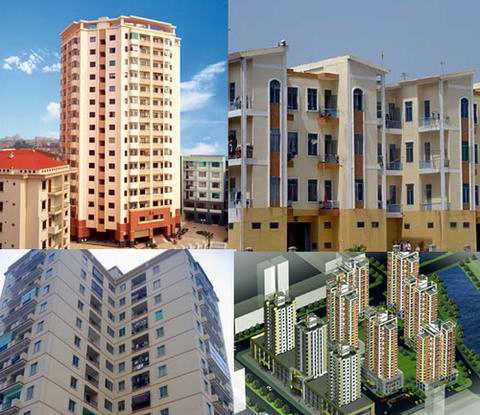
| Vietnam real estate report Q3/2011 | |
Research and Markets has announced the addition of the “Vietnam Real Estate Report Q3/2011″ report to their offering. Vietnam’s commercial property market has suffered from an oversupply in all subsectors due to over construction. It is now also under pressure from economic uncertainty, a reduced fiscal budget, high inflation (the highest in the Asia Pacific in 2011), tighter credit and declining consumer confidence. Rents have been falling since 2008 across the board. The Vietnamese government has transferred its economic focus – away from driving economic growth and towards fighting inflation and addressing macroeconomic imbalances – and this is beginning to cool the economy. Real GDP growth in Q1/2011 was a relatively subdued 5.4% year-on-year (y-o-y), compared with 7.2% in Q410. The author expects public spending cuts and tighter credit conditions to keep economic activity depressed over the next few months. Accordingly, the author’s forecast for real GDP growth in FY11 is 6.3%. In December 2010, the consumer price index (CPI) increased by 11.75% y-o-y. This means that the cost of construction, including materials and labor, is continually rising. On March 31 2011, Prime Minister Nguyen Tan Dung announced plans to slash the fiscal budget by 7.4% in 2011. The State Bank of Vietnam (SBV) increased interest rates in February and April, bringing the policy rate from 9.00% at the beginning of the year to 13.00%. Access to financing is seen as the most problematic factor for doing business’ in Vietnam, according to the World Economic Forum’s Global Competitiveness Report 2010-2011. The next most significant problems are inflation and policy instability. On the Jones Lang LaSalle Global Real Estate Transparency Index 2010, Vietnam is rated low,’ and is ranked 76th lowest out of 81 countries surveyed for real estate transparency. According to the Association of Foreign Investors in Real Estate (AFIRE), in their Ranking of Emerging Countries Considered for Real Estate Acquisitions – 2011′, Vietnam is ranked fourth best, behind China, India and Brazil. However, many would dispute this assessment as over-optimistic. | |
| Research and Markets |
